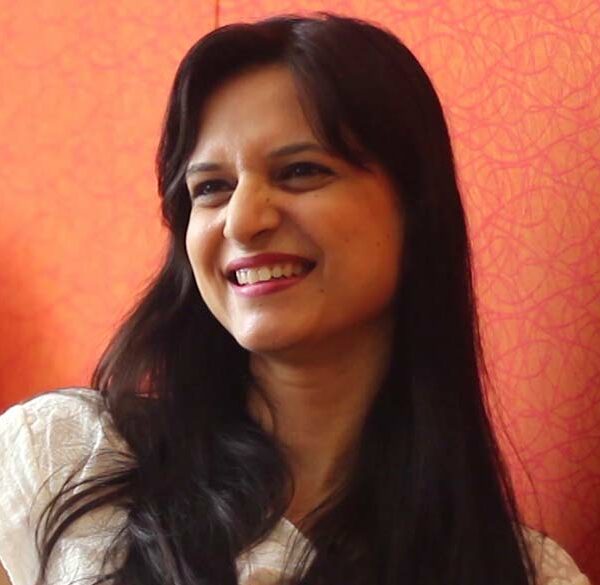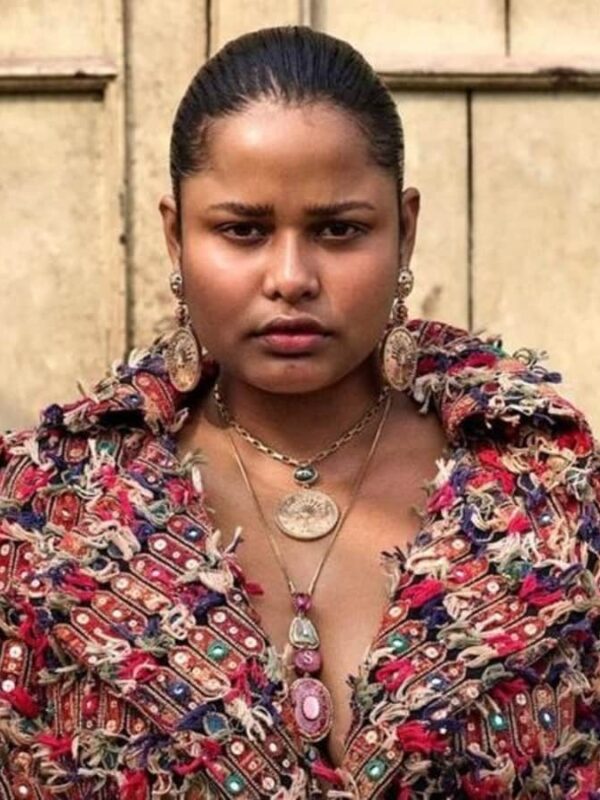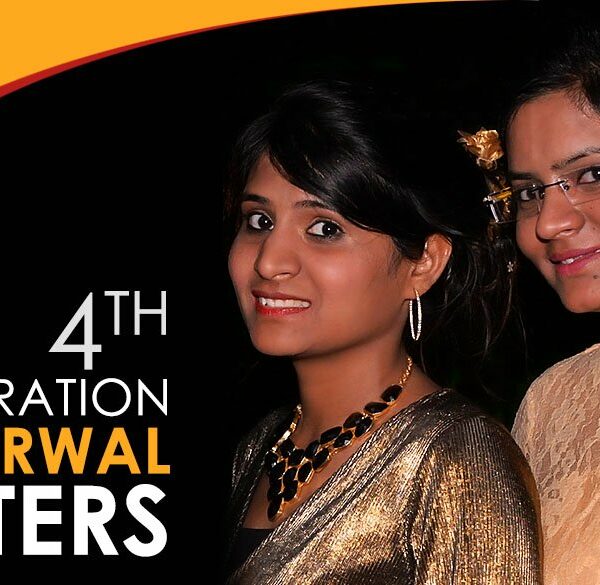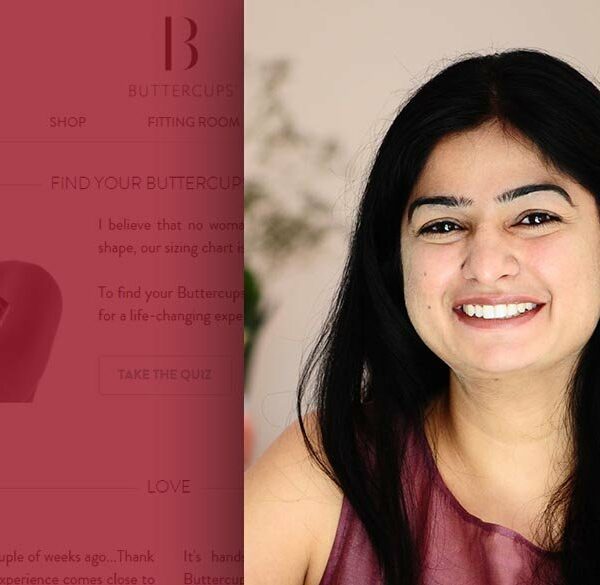How would you define an ‘open relationship’ if you were in one? Relationships are sacred bonds between people based out of a connection and somewhere down the line it becomes hard to club it into compartments. In other words, there is no clear-cut boundary between types of relationships as almost all of them have one or the other characteristic. Agrees experts like Nicolle Zapien and Elisabeth Sheff, ‘Open relationship doesn’t have a univocal meaning. It is a broad concept’.
However, to strictly define an open relationship, it is an intimate relationship which is consensually non-monogamous. Two partners in a primary emotional and physical bond agree to have sexual contact with others in a mutual consensus of sorts. There is also the concept of ‘swinging’ in which singles or partners in a committed relationship have sexual relations with multiple people for recreation, social activity or a desire to ‘explore’. The bottom-line is -consensus.
Origins-
Open relationships have been claimed to originate in the 1970s synonymous with the cultural ‘hippie’ revolution. Attributed mainly to college-goers, yet not necessarily so. There are many ‘open marriages’ that do not officially own up to the term. Ira Trivedi, author of “India in Love: Marriage and Sexuality in the 21st Century”, says how open marriages are certainly on the rise, but given societal taboos and construct in India against marriage and divorce, it is risky.
On the flipside, the ancient Indian tradition of Tantra whose holistic approach wherein the human body is considered to be the holographic representation of the universe holds that monogamy is just one of the possible configurations, not the only.
Research shows that in the United States 4-5 % of relationships are ‘non-monogamous’. Hollywood actor Will Smith, Simone deBeauvoir, and even Pablo Picasso have publicly admitted or been alleged to practice open relationships.
According to the Preention, open relationships are both the focus of academic research and fairly common.
Open relationships are not infidelity; it is consensual ‘non-monogamy’.
Although often denoted a negative social connotation, open relationships as observed by participants are comparatively strong bonds between individuals. It goes beyond testing trust issues while rendering space for growth. It is basically being in an understanding, and the ability to allow two people to nourish their individuality while respecting their preferences.
Most people in open relationships have expressed that it gives them the space to remove dependence and get rid of the ‘ownership factor’. They have all agreed that communication is the key. The need is to challenge the conventional relationship style.
When asked what if she falls in love with one of her lovers, a lady in an open relationship for the past 4 years, said, how falling in love with another is equally possible even in a regular monogamous relationship. But after managing to sustain a relationship based on so much openness, honesty and understanding with a partner (which is a miracle in itself), the chances of letting go for others (after a brief encounter) is a question in itself.
A healthy relationship eventually depends on how it is handled.
In a world of diversity, it is possible to connect with several people, and sharing meaningful intimacy with them; while at the same time maintaining a significant connection with one specific person. Of course, most likely your partner would be somebody who understands this and is open about it. That is where open relationships, whoever chooses to be, have the capacity to challenge the downside of regular relationships. On a personal note, one is in a relationship with self first, and in that context, a significant other is just another individual and not all and all. In this regard connecting with several people is an expression of the basic human connection. Sex, which is identified as an underlying theme, is only a part of this human connection, which transcends mind, heart and soul. Intimacy is not necessarily just sex and vice versa.
Although it is very humane to harbour jealousy, attachment or possessiveness as in any kind of relationship, open relationship unlike the taboo attached is actually able to challenge these negatives and exist regardless. Far from being labelled as immature or loose, it is rather a mature consensual bond. The openness of this kind of relationship actually establishes space for growth and understanding.
However, before entering into an open relationship, one must be very clear about the partner’s consent, also, consciously so with the other people involved. It is advisable to understand what one seeks from an open relationship, whether it is strictly sexual, and the amount of emotional attachment to be sought. There must be a few defined base rules and boundaries drawn. It is also very important that the main/initial relationship is a healthy one and to not just enter into an arrangement based on one-sided needs.
It is a choice, just like everything else.
Breaking free from the traditional medium, open relationships are primarily a choice and it would not be right to judge it from a singular perspective. It is all a matter of choice if an individual has multiple connections with multiple people, just like any other preferences, like food or clothing. Popular culture may have glorified the concept; however, 90% of people in open relationships are sure to face criticism in society.
In the end, in the world of varied mindsets, preferences and choices, while few would choose to be in an open relationship, others won’t. Just as being single is a choice, so is being with somebody, and in whatever manner one chooses to express love is open-ended and highly personal and ought to be respected.












